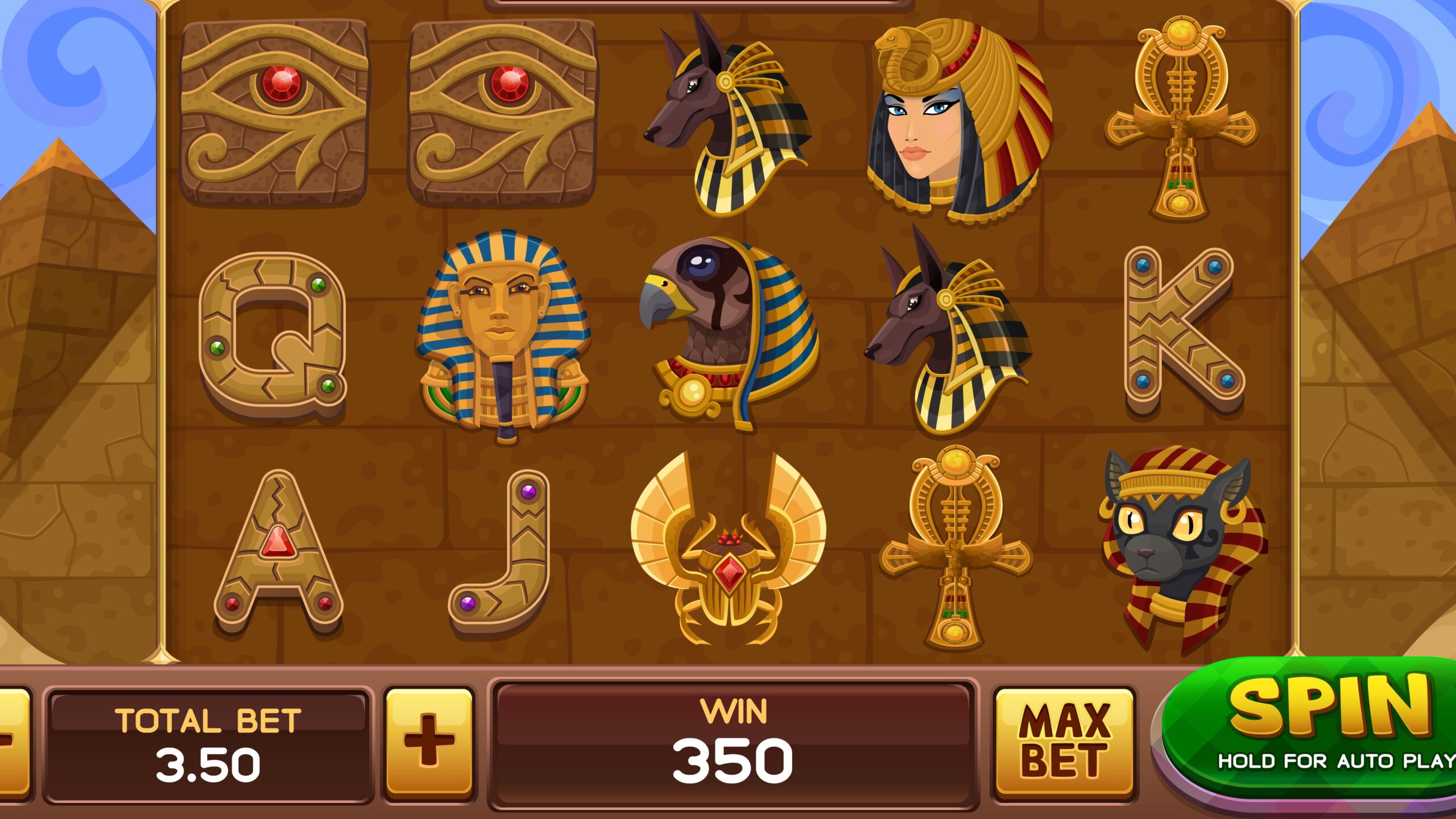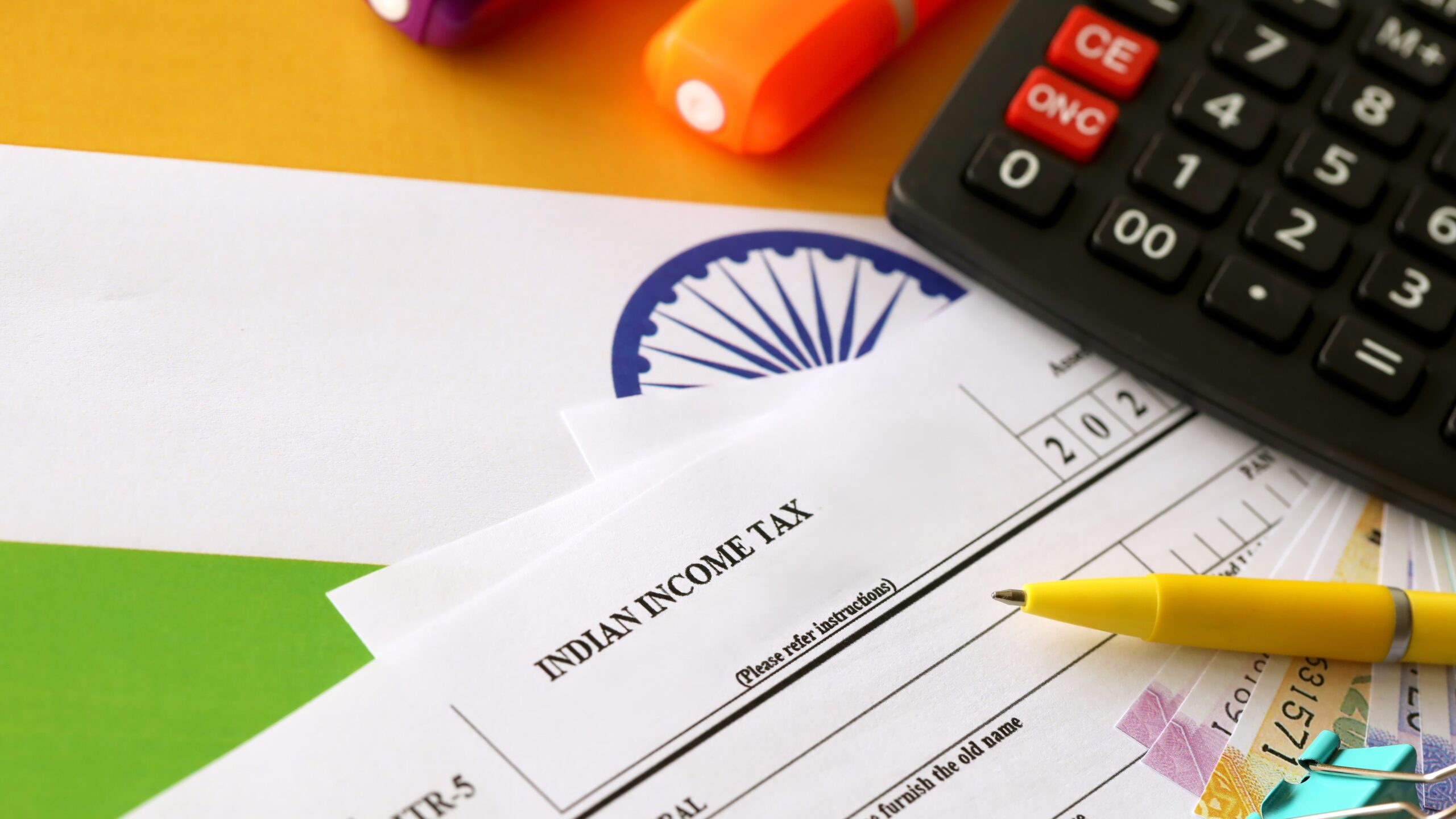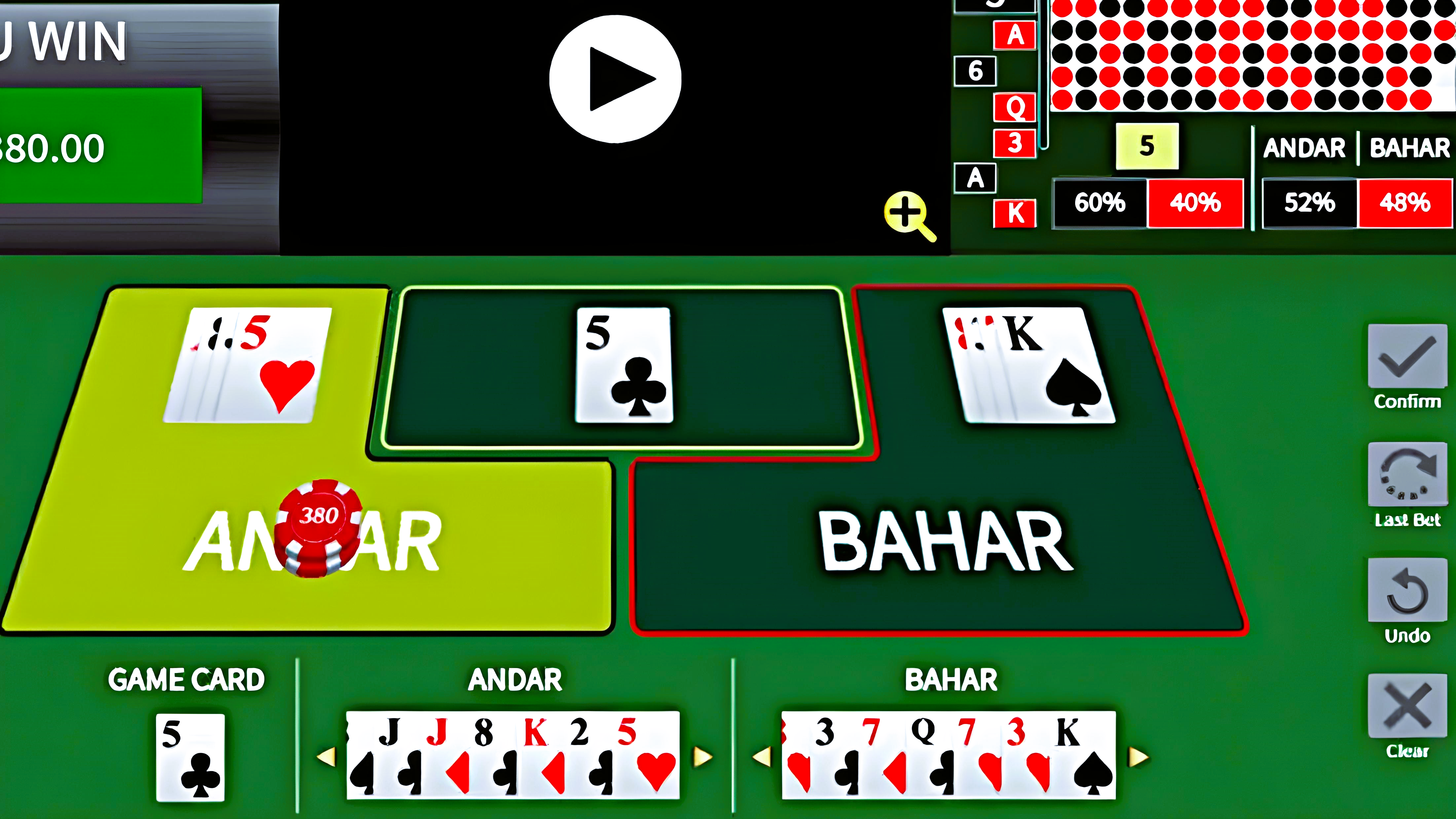Slot machines are a staple of the online casino industry, beloved by players across the globe. With the increasing popularity of online gambling, particularly in India, a new wave of slots designed specifically for Indian players has emerged. But, you may wonder—are Indian slots really that different from their international counterparts? Let’s explore how these slots compare and contrast, and why they’re becoming a preferred choice for many.
What Are Slot Machines
Slot machines are casino games that operate primarily on chance. Their most basic form consists of a set of rotating reels with various symbols. Players start the game by spinning the reels, hoping to land matching symbols along specific paylines. The primary objective is to line up these symbols in a way that results in a payout. Some slots also offer additional features, such as free spins, bonus rounds, or jackpots, which add extra layers of excitement and potential rewards.
The first slot machine was invented by Charles Fey in 1895 and was called the “Liberty Bell.” This early version was mechanical, with just three reels and a limited set of symbols like bells, horseshoes, and playing cards. Over time, technology advanced, and electronic and digital versions of slot machines emerged, leading to the rise of online slots in the 21st century. These modern machines feature advanced graphics, sound effects, and complex gameplay mechanics that appeal to a broader audience, contributing to the massive popularity of slot games worldwide.
The Rise of Online Casinos
The emergence of the internet revolutionized many industries, and the gambling sector was no exception. Online casinos began to flourish as more players sought convenient and accessible ways to enjoy their favorite casino games, including slots, from the comfort of their own homes. Platforms like LeoVegas, Betway, and 888Casino allowed people to play traditional games, such as blackjack and roulette, as well as newer innovations like video slots. This global shift made gambling accessible to anyone with an internet connection, drastically changing the landscape of the gaming industry.
India has been one of the countries where online gambling has seen a significant surge. With a population of over 1.3 billion and a rapidly increasing internet penetration rate, India has become a hotbed for online casino activity. As younger generations embrace digital entertainment, the demand for online slots has risen, making them a popular choice for players. The Indian market is now growing at an exponential rate, with more local platforms emerging to cater to Indian tastes and preferences. As the online gambling industry expands in India, one question remains: Are Indian slots and international slots really that different from each other?
Popularity of Indian Slots
Indian slots are increasingly becoming popular for several reasons. One of the most significant factors contributing to this rise is the cultural relevance of the games. Indian players have a strong connection to their culture, and slots that reflect elements of this culture provide a more engaging and relatable experience. Many slot games now incorporate themes that are tied to Indian traditions, mythology, and entertainment, making them more attractive to local players.
Some of the key factors that contribute to the popularity of Indian slots include:
- Cultural Connection: Slot games with themes drawn from Hindu mythology, Bollywood movies, and Indian festivals resonate deeply with players. These culturally inspired slots often feature symbols of Hindu gods, popular Bollywood actors, and familiar festival motifs like Diwali. Such features evoke a sense of familiarity and connection, enhancing the player’s overall gaming experience.
- Growing Market Demand: As more Indians gain access to the internet and smartphones, the demand for online gambling platforms has surged. Online casinos that cater to Indian players are incorporating localized content, such as payment methods familiar to Indian users and customer service in local languages, to attract a growing audience.
- Local Development: Developers are increasingly designing slots specifically for Indian players, understanding their preferences and offering games that align with their interests. This has led to an increase in the number of local online casinos that offer Indian-themed slot machines, thus contributing to the overall growth of the market.
The ease of access to online platforms, coupled with the growing number of local casinos, has made Indian slots even more popular. Indian players are now spending more time and money on these games, and as a result, developers are recognizing the potential of this market and are adjusting their offerings accordingly.
Are Indian Slots Different from International Ones
Indian slots do differ from international ones in several notable ways, and these differences are influenced by various factors, including cultural relevance, game themes, and local laws and regulations. The primary reasons why Indian slots stand apart from their international counterparts can be grouped into the following categories:
Indian slots are heavily influenced by the country’s culture, religion, and entertainment, which sets them apart from international slots. Many of these games are designed with Hindu deities, Bollywood stars, and motifs from famous Indian festivals like Diwali. This connection to local culture not only attracts Indian players but also makes the gameplay experience more familiar and emotionally resonant.
International slots, however, typically focus on more universal themes that can appeal to a broader audience. These themes include ancient civilizations like Egypt, Greek mythology, or fantasy worlds filled with dragons, castles, and treasure hunts. While international slots do incorporate various cultural themes, they are not as focused on any single region’s traditions as Indian slots are.
Another major difference between Indian and international slots lies in the themes and symbols used in the games. Indian-themed slots are designed with symbols and visuals that Indian players immediately recognize. Some of the most common symbols in Indian slots include elephants, lotus flowers, peacocks, and even Bollywood actors. These symbols are ingrained in the country’s culture and resonate with the local audience, adding to the game’s appeal.
On the other hand, international slots tend to favor global themes, which can range from classic fruit machines to fantasy adventures or historic settings. While these themes are popular worldwide, they often lack the cultural familiarity that Indian players seek. For example, players in India may be less familiar with ancient Egyptian gods and pharaohs compared to the rich imagery from Hindu mythology or Bollywood.
The regulatory environment in India plays a significant role in shaping the design and availability of online slots in the country. Indian gambling laws are complex and can vary greatly between states. Some regions have legalized online gambling, while others have imposed strict restrictions or outright bans. These local laws influence the types of games that can be offered in India, as well as the way those games are designed.
Game Mechanics in Indian Slots vs International Slots
When it comes to game mechanics, Indian and international slots have some noticeable differences. One key area of variation is the Return to Player (RTP) percentage. RTP refers to the percentage of the total amount wagered by players that is paid back to them over time. In India, slot developers often aim to attract local players by offering higher RTPs compared to international slots. Indian players tend to look for better odds and frequent payouts, so higher RTP percentages are used as a way to cater to these preferences. This approach helps create a sense of fairness and transparency, which is important to Indian gamblers.
On the other hand, international slots may have a wider range of RTP percentages depending on the game and developer. While some international slots have high RTPs, others can offer lower RTPs, especially for high-volatility games that promise larger payouts but less frequent wins. The volatility and payout structure of Indian slots also differ slightly from international games. Indian players generally prefer moderate to low volatility slots that offer smaller, more frequent payouts. These types of games are more appealing because they allow players to experience regular wins, even if they are smaller amounts. In contrast, international slots may feature a broader spectrum of volatility, with high-volatility games offering the potential for big payouts, albeit with fewer winning opportunities.
| Aspect | Indian Slots | International Slots |
| RTP (Return to Player) | Generally higher RTP to attract local players | Varies by game, often lower RTP for high-volatility games |
| Volatility | Moderate to low volatility for frequent payouts | Varies widely: High volatility for larger wins, low volatility for frequent, smaller wins |
| Payout Structure | Frequent, smaller payouts | Varies based on volatility, higher risk for larger wins |
Slot Themes and Symbolism
In Indian slots, themes and symbolism play a crucial role in making the game appealing to the local audience. Indian culture, religion, and history are often deeply embedded in the design of these games. Common symbols in Indian slots include depictions of Hindu deities, such as Lord Ganesha or Goddess Lakshmi, and motifs from well-known Indian festivals like Diwali. These elements not only enhance the cultural experience but also resonate emotionally with Indian players, as they draw on shared beliefs and values. By incorporating symbols that players are familiar with, these slots create a sense of connection and familiarity that is difficult to replicate in international games.
In contrast, international slots tend to focus on more universally recognized themes. These can include fantasy elements like dragons and wizards, classic symbols like fruit machines (bars, cherries, and sevens), or adventurous themes based on pirates, treasure hunts, or ancient civilizations. While these symbols are widely understood and appeal to a global audience, they do not have the same cultural weight or emotional resonance for players in specific regions like India. International slots are designed to cater to diverse preferences, but they often lack the cultural specificity that Indian players find appealing in local slots.
Software Providers for Indian Slots
The software providers behind Indian slots are often different from those that develop international games. India has seen the emergence of local developers who understand the specific preferences of Indian players and design games that reflect local themes, values, and aesthetics. Examples of such developers include Playtech India and Spadegaming, both of which create slots specifically tailored for the Indian market. These companies incorporate culturally relevant symbols and designs, ensuring their games resonate with Indian players who prefer locally themed experiences. By focusing on Indian tastes, these developers aim to create games that connect with players on a deeper level, offering a more personalized gaming experience.
International slots, on the other hand, are typically created by global software providers like NetEnt, Microgaming, and Play’n GO. These companies design games for a much broader audience, creating slots with diverse themes to appeal to players worldwide. While these developers may include some localized features for specific markets, their focus is often on universal themes that cater to players from different countries and cultures. International software providers are known for their cutting-edge technology and innovative features, and their slots tend to have higher production values due to the larger scale of their operations.
Mobile Compatibility and Accessibility
In India, mobile gaming is experiencing rapid growth. A significant portion of the Indian population now accesses the internet primarily through smartphones, making it crucial for online casinos and slot developers to ensure their games are mobile-optimized. Indian online casinos have adapted to this trend by prioritizing mobile compatibility, ensuring that players can easily access their favorite slots on any device. Developers have also made sure that the games load quickly, are responsive to touch controls, and feature clear graphics that look great even on smaller screens. This focus on mobile gaming allows Indian players to enjoy a seamless gaming experience while on the go.
International slots also prioritize mobile compatibility, but the level of optimization can vary depending on the developer and the target audience. Major developers like NetEnt and Microgaming have invested heavily in ensuring their slots are accessible on mobile devices, offering fully optimized games for both Android and iOS platforms. However, the extent of mobile optimization may differ for smaller developers or for games targeting niche markets. Despite these variations, mobile compatibility is a significant focus for both Indian and international developers, as it allows players to enjoy slots anytime and anywhere.




